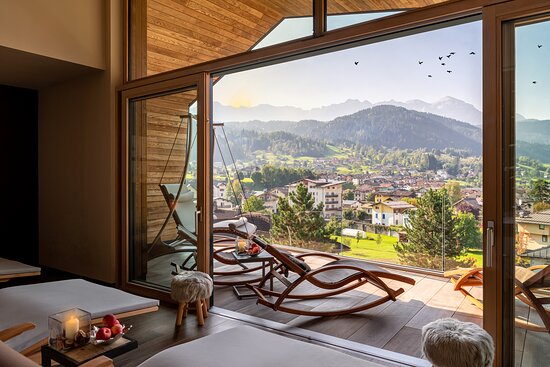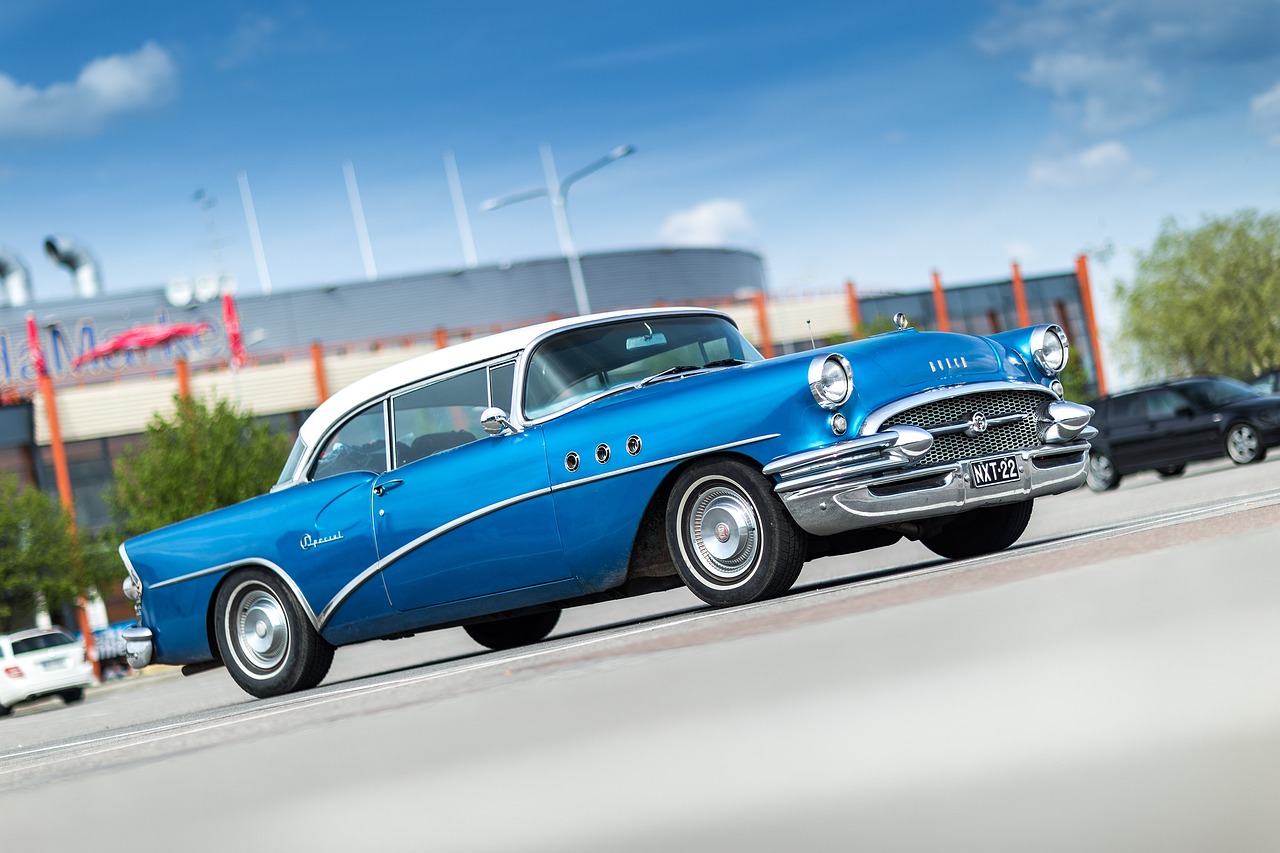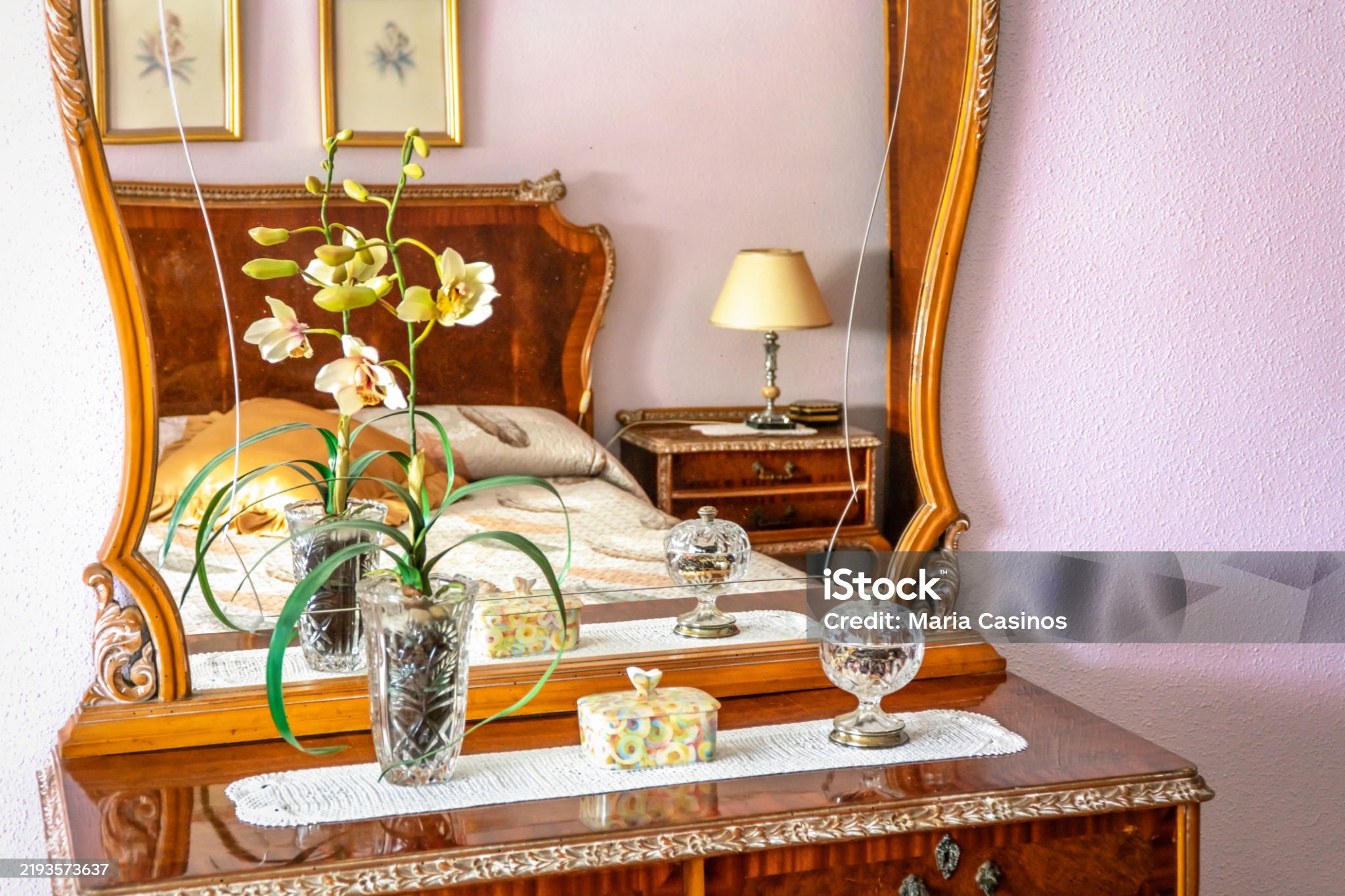
Travel to Italy, there are many hidden surprises. In the cities, try to book accommodations close to historic piazzas or in charming neighborhoods with easy access to the center. Ideally, you should be able to walk from your hotel to the main attractions. If the city is especially large, make sure you’re no farther than a short taxi ride away (under 12 euros). This doesn’t just make sightseeing simpler—it also ensures that each time you step outside your hotel, with winding streets around you, church bells ringing, and lively flower or produce markets nearby, you’ll think, “Wow, I really am in Rome/Florence/Venice/Italy!”
In rural areas, think about staying at a “farm stay,” or agriturismo. These wonderful accommodations allow you to experience the region much like a local—Travel to Italy which is exactly what Walks of Italy is all about. (We’ll dive deeper into agriturismi in another post.) When booking an agriturismo, look for a scenic property where you can enjoy a peaceful walk. For convenience, you should also be able to reach public transportation, a car rental service, or a train station fairly easily, either through the owner providing a ride or arranging a driver at a reasonable cost (under 25 euros). Of course, if you already have a rental car, this won’t be an issue.
Read more about Artificial Intelligence’s Influence
Read more about Travel to Finland
When choosing where tArtificial Intelligence’s Influenceo stay, location and style of lodging are usually the most important factors. The details matter—but trust us, nothing starts your day off better than opening your window to a beautiful view, whether it’s sunrise over Mt. Etna or the stunning dome of Florence’s Duomo.
If there’s a chance to look out at a historic landmark or a lively piazza, we’ll usually take it, even if it means dealing with a little extra noise. (Light sleepers may feel differently Travel to Italy—earplugs can help. We particularly like the wax Calmor plugs, available in Italian pharmacies for around 5 euros.)
If you’d prefer a hotel in a scenic area but don’t mind if your own room doesn’t face the view, remember that most B&Bs and hotels have rooms without views that tend to cost less and are sometimes quieter. Even if your space lacks scenery, Travel to Italy many places offer access to a terrace or lounge with great vistas. And if your room has no view, see if you can switch to one overlooking an inner courtyard—ideally with a few chairs where you can relax and read.
Be prepared for older buildings. Many hotels in Italy are located in properties that are more than a century old, and it’s rare to come across a newly built hotel in the historic centers of major cities. This is part of the charm—these hotels are full of history and personality.
Apartments may actually be the best deal in Italy right now. On average, you can save about 40% by choosing an apartment instead of a comparable hotel with the same space and location. These rentals are most common in bigger cities and usually require a minimum stay of three nights. That makes them an excellent option for week-long visits or longer. And with the money you save, do you really need fresh sheets every day or a staff member always on call? (Probably not.) Still, many apartments do provide daily cleaning and other services for a reasonable additional charge.
When it comes to rural areas, our top pick remains the agriturismi we mentioned earlier. Typically priced between 30 and 50 euros per person, per night, they offer outstanding value: a spacious room (sometimes even in a private building), plus a farm-fresh dinner and breakfast included. Since these are family-run properties where the main focus is farming, hosting guests is often a secondary activity—which means the hospitality is warm and genuine, much like at a B&B. And there’s truly nothing like waking up in the Tuscan countryside to the sound of roosters, then enjoying eggs collected just that morning for breakfast!
Have your passport ready at check-in. Italian law requires hotels to record guest identification by making a photocopy of your passport’s information page. Each traveler must provide their passport for this purpose, so don’t forget to take it back once the copy is made. If you’re traveling with Curata Travel, this step will already be handled—we collect your passport details ahead of time to share with hotels, making group check-in much smoother.
Plan on a small additional fee. All hotels in Italy charge visitors a city tax or VAT (Value Added Tax), which is assessed per person, per night. Depending on the city, the cost typically ranges between 1 and 6 euros nightly, with major destinations such as Rome and Milan on the higher end. This fee is paid at the end of your stay, during check-out. Even if you’ve prepaid for your room, this tax must still be settled. Once again, if you’re traveling with Curata Travel, we’ll take care of this for you. At check-out, all you’ll need to do is hand in your room key and cover any extras like laundry or mini-bar charges.
Hotel breakfasts are not always automatically provided. When you book with Curata Travel, breakfast is already part of the package, and the morning spreads at the hotels we select are usually quite impressive! But if you’re staying on your own before or after a tour, keep in mind that some hotels charge extra for breakfast. While eating at the hotel can be a quick and easy start to the day, it may not be as large or varied as the breakfasts you’re used to in the U.S. Often, it’s more enjoyable to stop by a neighborhood café for a fresh pastry and coffee.
Bathrooms come with different features. European hotel bathrooms differ from American ones—most noticeably, you’ll find a bidet placed next to the toilet. Some bathrooms may have a tub with a shower, while others provide a small standing shower (and yes, they can feel quite compact in Italy). Most hotels do supply hair dryers, so you can save space by not packing one. However , a couple of items commonly found in U.S. hotel bathrooms may be missing, such as washcloths (we like to bring our own travel-sized versions) and conditioner (though shampoo is generally available).
It’s common to leave your room key at the desk. Many Italian hotels, especially those in historic buildings, use traditional keys that are heavier and bulkier compared to the lightweight key cards in American hotels. In these cases, you’ll be asked to leave the key with the front desk whenever you go out for the day. Out of all the hotels I’ve stayed in across Italy, only one offered a key card I could carry with me. Don’t worry—Travel to Italy there’s always someone at the reception desk to hand your key back when you return.
Using your key card to activate the power. In hotels that use key cards instead of traditional keys, the system works a little differently in Italy compared to the U.S., which often surprises travelers. You’ll still use the card to unlock your room by tapping or sliding it on the reader at or near the door. Once inside, you might notice that the lights and air conditioning don’t work right away. Don’t panic—the room isn’t broken! Look for a small slot by the door on the inside of the room and insert your card there. This activates the electricity. Italian hotels use this setup mainly for two reasons: 1) It saves energy, since you can’t accidentally leave lights or AC running while you’re out; and 2) Personally, I find it prevents losing track of the key card inside the room.
Room fridges are not guaranteed. Budget-friendly Italian hotels often don’t provide a mini-fridge, unlike American hotels where it’s standard. Because of this, it’s best to finish your meal while you’re out. Not only is it uncommon for restaurants in Italy to offer take-away boxes (scatole), but without a fridge, you won’t have a place to store leftovers anyway.
Windows are often a better option than air conditioning. While more Italian hotels now offer AC, the units are usually less powerful than what you may be used to in the U.S. However, every hotel room will have large windows with shutters behind them. Make the most of the fresh air by opening the windows and adjusting the shutters. Also keep in mind that even if AC is available, Italian energy regulations limit both when it can be turned on during the year and how cool hotels are allowed to set the temperature.
Floors are usually not carpeted. Wall-to-wall carpeting is uncommon in Travel to Italy, even in private homes. Instead, many Italian houses feature elegant marble floors in various designs. Hotels often have marble flooring in guest rooms as well, though some may use wood. To keep your feet comfortable, pack a few extra pairs of socks so you don’t get cold walking around your room. In some cases, hotels may provide slippers for guests to use during their stay.
Don’t count on unwinding with television. While every hotel room will have a TV, the programs are, of course, in Italian. If you understand the language—or simply want to flip through channels—you’re welcome to watch. Otherwise, most hotels provide complimentary Wi-Fi, making it easy to stream Netflix or YouTube on your own devices.
Final thought: These cultural differences between American and Italian hotels may seem minor, but they stand out to both new and experienced travelers. Still Travel to Italy, your hotel will always serve as a comfortable place to rest after a full day of exploring Italy’s cities.




